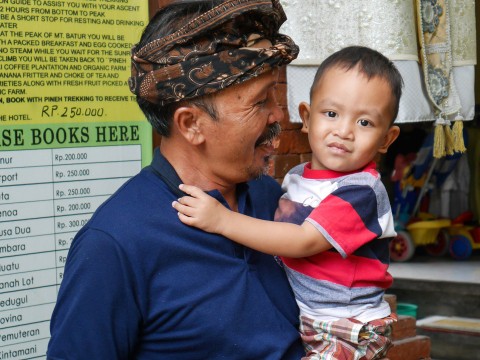On 17 August, the Indonesians remember their Independence Day. Seven decades ago, the founding fathers declared Indonesia’s independence after centuries of colonization from European powers and the Japanese. Every year, the Indonesians celebrate their independence by holding festivals and games, as well as official flag ceremonies.
To remember Independence Day, let’s take a walk down memory lane and relive the history leading up to Indonesia’s independence.
Before 1908, the struggle for independence was largely localized. The Dutch employed the devide et impera strategy, which hindered the people of Indonesia from coming together to fight Dutch colonists. Each island was involved in their own struggle; the Balinese were fighting the Dutch on their own, parts of Java were fragmented with some supporting the Dutch and the others opposing them, and the lesser Nusa islands were also struggling on their own. After 1908, political organizations, established by Indonesian intellectuals who went to school in the Netherlands, emerged and rallied to consolidate the struggle. This led to a series of events that eventually united the people of Indonesia in the struggle against the Dutch, such as the 1928 Youth Pledge.
When World War II broke out and the Dutch were already ousted from Indonesia by Japanese forces. The Japanese posed themselves as Indonesia’s saviour, where in reality, they were just as ruthless as the Dutch. Under Japanese rule, Indonesian nationalists began to plan Indonesia’s independence. However, they were divided. The old generation, mostly led by Sukarno and Hatta, wanted to wait for Japan to realize their promises of independence; whereas the young generation, led by Sutan Syahrir, wanted to immediately push for independence without Japanese intervention. They reached deadlock. After hearing news that the atomic bombs had fell on Hiroshima and Nagasaki and that Japan had surrendered, on the night of 16 August 1945, the young nationalists “kidnapped” Sukarno and Hatta to a secret location in the outskirts of Jakarta, a house which belonged to a Japanese admiral. They wanted Sukarno and Hatta to quickly arrange the plans for independence. Before sunrise, the Declaration of Independence was finished. Swift preparations were made for the declaration ceremony at Sukarno’s house, and at 10 AM on 17 August 1945, Sukarno read the Declaration of Independence. The next day, the 1945 Constitution was signed.
However, the struggle was far from over. Even after independence, Indonesia still had to face the Allied Forces.
After Japan surrendered, the Allied Forces began to occupy Indonesian territory. Thus, the second round of the struggle began. The newly formed People’s Security Army fought against the Allied Forces in historic battles such as the Battle of Surabaya on 10 November 1945, the Scorched Earth of Bandung in March 1946 where nationalists razed the city of Bandung; and the two military aggressions launched by Dutch forces in 1947 and 1948. In 1949, the Dutch finally recognized Indonesia’s independence and ceased military campaigns. Aside from foreign armies, Indonesia also faced several attempted coups launched by the Communist party in 1948 and several separatist movements. The many battles that Indonesians had to face continued on well until the late 1970s.
Nowadays, Independence Day is a day for Indonesians to appreciate and remember the countless brave heroes who fought for the country’s independence from colonial powers. A frequent message conveyed to the young generation is to continue the struggle by building the nation.



